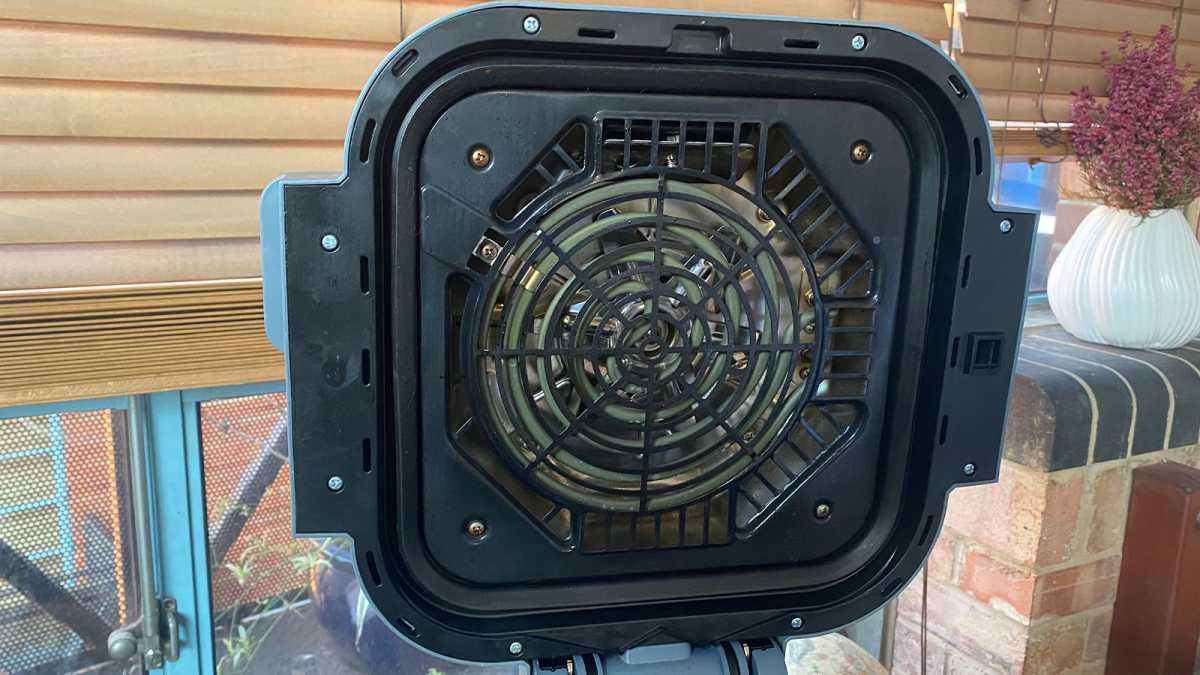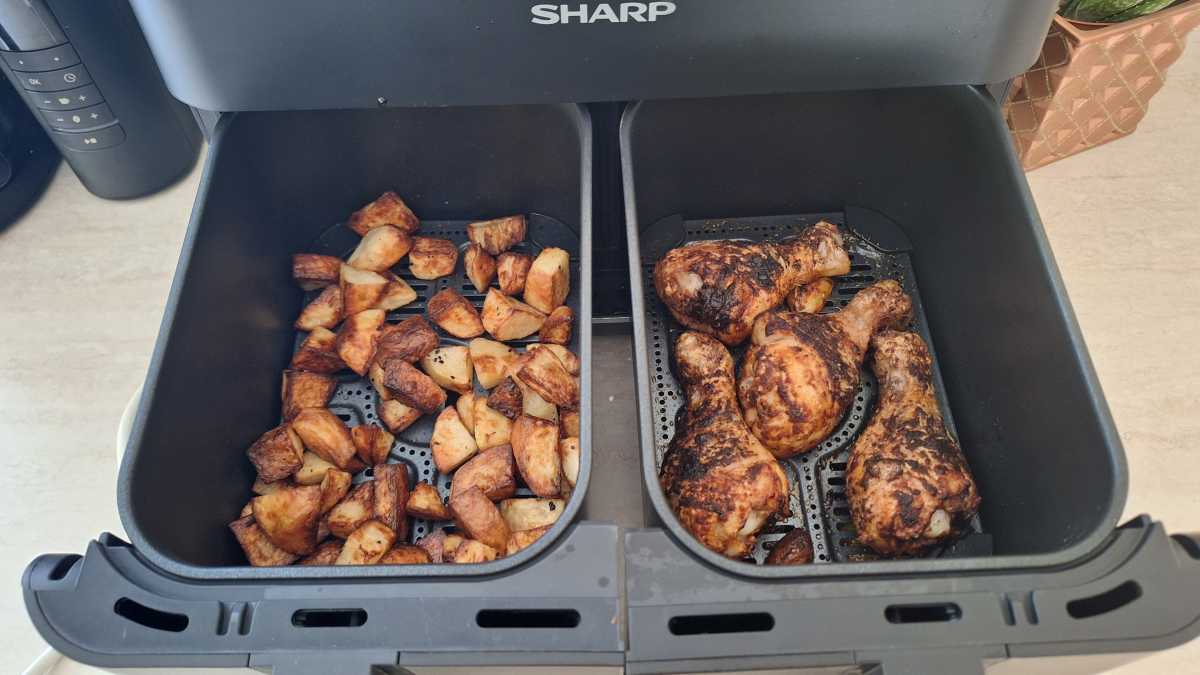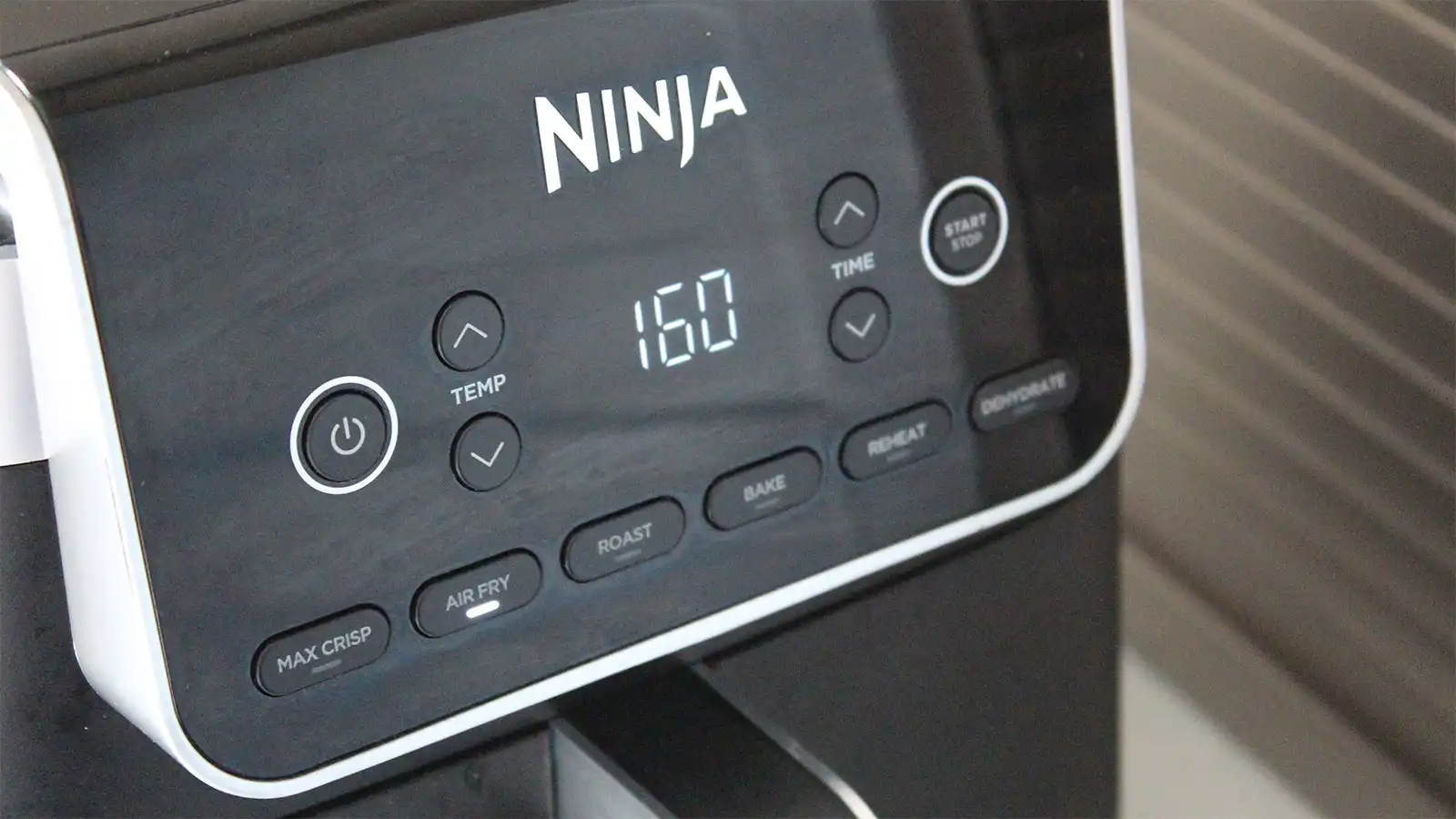If you’re thinking of buying an air fryer – or if you’ve already purchased one – it’s a good idea to know how they work. Not only will this mean you’ll have a better understanding of how to achieve the best results, so you don’t accidentally frazzle or undercook food, it’ll help you decide when air frying is best or whether another cooking method might be more suitable. Knowing how an air fryer works can also come in handy when you’re adapting your favourite recipes.
If you’re looking for air fryer buying advice, you can see our top recommendations by type in our round-ups of the best dual-drawer air fryers and the best air fryer ovens, see our top Ninja air fryers and cookers, or check out the best air fryers overall.
How does an air fryer cook food?
An air fryer is best thought of as a mini fan oven, in that it uses convection heat to cook. Rather than having a fan and element at the back (like a fan oven), these are usually positioned at the top so they’re above the food.

There are exceptions. Thanks to its double-decker design, the Ninja Double Stack has two heating coils at the back – one behind each drawer.
An air fryer’s fan runs at a high speed, with typical air frying temperatures ranging from 160°C/320°F to 240°C/460°F.
Below the coil and fan is a crisper plate where your food sits. It’s perforated, so that the heat can reach the underside. The fan blows hot air around the cavity in order to cook the food quickly. As an air fryer’s cavity is smaller than the average oven, it reaches a high heat faster, and can maintain it with less energy use. Coat your food in a small amount of oil and the fanned hot air ‘fries’ the surface for a crisp, browned finish.

This can be boosted by shaking the food in the drawer, roughing up the exterior to create more surface area for a crispier result.
Is an air fryer more economical than my oven?
Air fryers have a reputation for being good at saving energy, and this is true, though only to a certain point. It’s mostly down to the air fryer’s small cavity, which heats up faster and stays hot.
While the temperatures an air fryer uses are similar to your oven, because you’re not spending time waiting for a large cavity to preheat, and the food cooks quickly, air frying is more economical for many, if not most, everyday meals.
The situation changes if you’re cooking large amounts at once, such as a family-sized roast dinner. Running a standard oven for a big batch of roast potatoes, plus joint of meat or poultry, roasted vegetables, and other accompaniments tends to be more economical than cooking each individually in a single-drawer air fryer.
However, a dual-drawer air fryer has the capacity to cook an entire meal at once and may well be cheaper, depending on how many you’re cooking for. Have a look at our round-up of the best dual-drawer air fryers for our top recommendations.

Is cooking in an air fryer healthier?
Air frying is something of a misnomer in that the food isn’t fried in a conventional sense. When you deep or shallow fry in oil, what you’re doing is using the oil to seal the outside, so that the water in the food can’t escape and is heated, steaming the interior. To do this, oil penetrates the surface layer of the food.
In contrast, air frying uses fanned air to heat the food, with only a small amount of oil and agitation creating the crispy exterior. Not only does less oil result in food that’s lower in fat, making it healthier, but if you’re cooking high-fat food, such as bacon or sausages, the perforated crisper plate allows excess fat to drain away, unlike in a pan where the fat has nowhere to go.
However, as air-fried food will lose moisture as it cooks, it can become dry if heated for too long, or on too high a temperature.

Should I always use an air fryer’s programmes?
Most air fryers have default presets for time and temperature – usually for food types or cooking methods – but there’s no need to adhere to them strictly.
You may need to experiment to find the right temperature and cooking duration for your favourite foods. Some recipes provide better results with a lower temperature and longer cooking time, while others may only need a speedy blast of heat.
Check out our article on five new things to cook in an air fryer for some inspiration and cooking temperature guidance.



